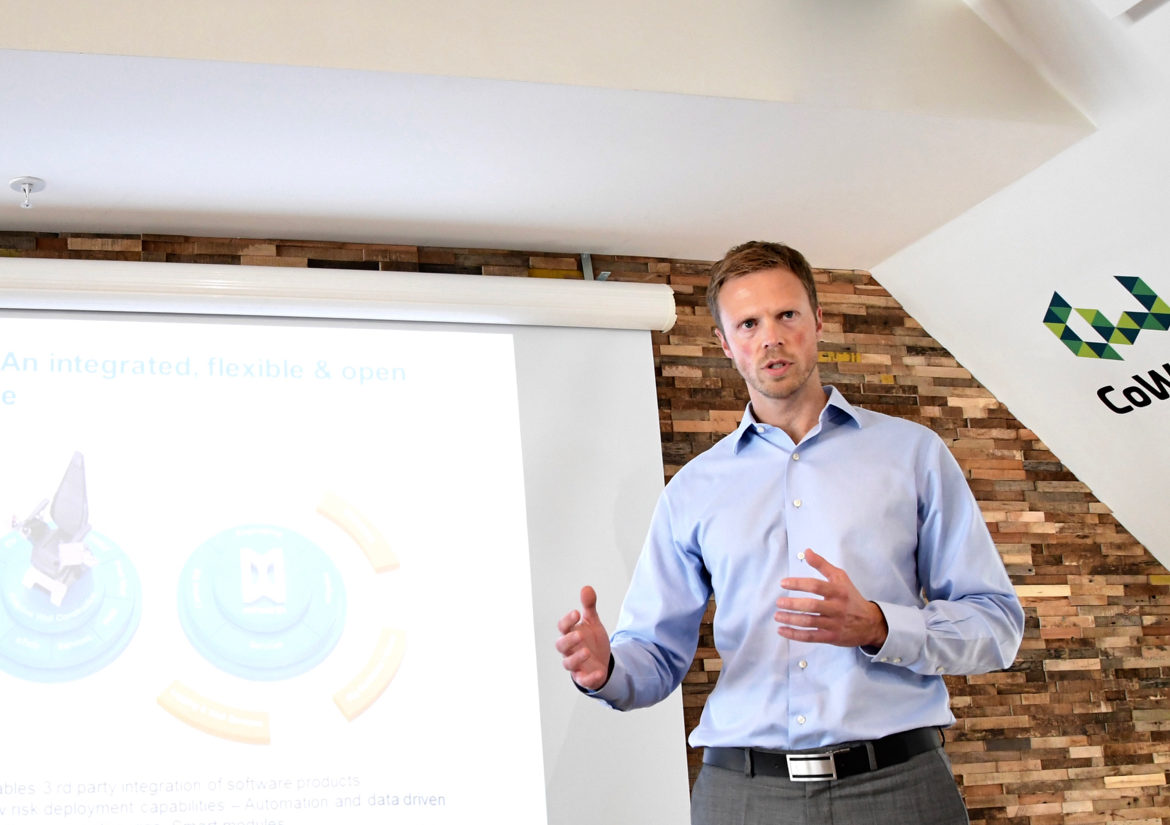The unit is designed to make offshore drilling operations more efficient by enabling riser-less drilling.
Pål Skogerbø, Senior Vice President at HMH, says that HMH will begin qualification and testing of the new RCD. In riser-less drilling the RCD is located on top of the BOP and serves as an advanced sealing around the drillstring to avoid that mud flows into the sea from the well or seawater flows into the well unintentionally. The mudreturn from the well is instead routed through a mud return system not sourrounding the drillstring.
“Riser-less drilling with the new RCD enables much more efficient operations with dual derrick rigs. As an example there are significant timesavings when a new section is drilled and the next step is to set casing. With riser-less drilling and a dual derrick rig, the casing section is already built in the auxiliary derrick and can be run into the well as soon as the drillpipe is tripped out above the BOP “, says Skogerbø.
Riser-less drilling is estimated to shorten operation time by more than 10 percent. Skogerbø says the new RCD is a key element in making this new drilling procedure work.
“Thanks to the support from the Norwegian Research Council, we are now able to proceed with qualification and testing. We are confident that we will be able to make the new RCD perform”, says Skogerbø.
The riser-less drilling project is a collaboration project with Aker BP. Our goal is to qualify the complete riser-less drilling system to be ready for the NOAKA field in the North Sea, which is operated by Aker BP. Planned production start is 2025.



